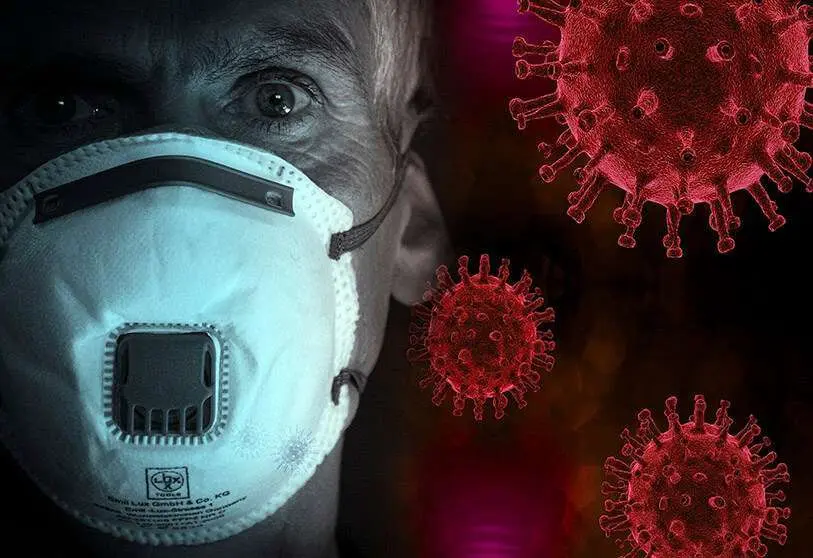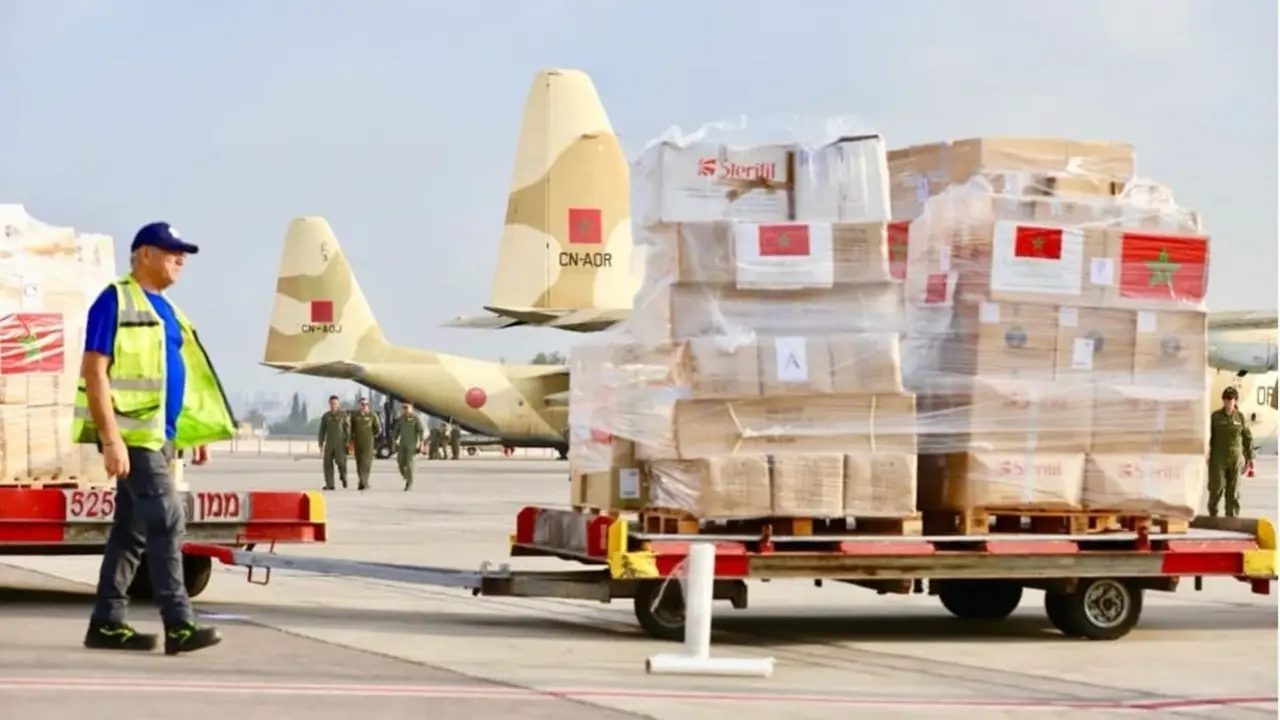Brazilian strain raises health alarms

The Brazilian strain of COVID-19 is generating worrying information. In a scenario where the threat of new strains seems to be dominated by the British variant, one of the big questions is what are the characteristics of the Brazilian strain.
Evidence suggests that it emerged in Manaus, capital of Amazonas, last November. This new strain of the disease was discovered in January with four infected people detected entering Japan from Brazil; these people were from the Amazon region. Scientists from ten institutions, including Imperial College London and Oxford University, both in England, and the Institute of Tropical Medicine at the University of Sao Paulo in Brazil, published a paper describing the cases of this new variant, which was named P.1. A Brazilian research report indicates that the new strain is already responsible for 90% of new cases of the disease in the state of Amazonas and adds that it is already present throughout the country. The second wave of the pandemic in Brazil, with an average of 1,200 deaths per day, is linked to the explosion and spread of this variant.

The strain has a transmission capacity between 1.4 and 2.2 times greater than those that precede it and is capable of evading the immune system's response by re-infecting between 25% and 61% of people who have already passed SARS-CoV-2, according to a study by the Brazil-UK Centre for the Discovery and Diagnosis of Abroviruses (CADDE). This could make it "more transmissible"; "it invades the immune system more and should probably be more pathogenic," explained Ester Sabino, a professor at the University of São Paulo (USP) medical school and coordinator of the Brazilian group that participated in the CADDE research. The Amazon variant, Sabino said in her statement, had a period of rapid molecular evolution and the reasons are unknown. This research, published last Friday and still to be verified, is not published in any reputable scientific journal. It is complemented, however, by other studies that have come to light on the same day. The study by researchers from the Oswaldo Cruz Foundation in the Amazon region shows that the viral load in the bodies of individuals infected with this variant can be up to ten times higher.

A study published in mid-February by the European Medicines Agency (EMA) has suggested that Pfizer and Moderna vaccines remain effective against new strains of the disease such as the South African one. However, the evidence, although sparse, does begin to suggest that the P.1. strain may cause more difficulties. It is important to emphasise that the Brazilian variant is unlikely to be completely impervious to vaccine-induced immunity. However, P.1. shares mutations (such as E484K, present in the British strain) and behaviours with the South African variant, and evidence suggests that this variant is more likely to infect people who have received the Oxford/AstraZeneca vaccine than the earlier and more common versions of COVID-19. Therefore, both variants are also likely to have increased resistance to other vaccines.

This is because the mutations carried by these variants change the spike protein, a key structure on the surface of the virus that it uses to enter cells and is also targeted by the immune system. The mutations have remodelled the spike protein enough that antibodies cannot bind well to it, which is what allows the virus to evade immunity generated by previous infections or vaccines, but not so much that the virus cannot use the protein to enter our cells.
While we await more information on the new variants, Brazil continues to bear the brunt of P.1, which recorded 35,742 additional confirmed cases in the past 24 hours, along with 778 deaths from COVID-19, the health ministry said on Monday. The most prevalent question surrounding this new flank of the fight against COVID-19 is how to combat the new strains. To date, the most agreed-upon response among experts is to increase the pace of vaccinations in order to eliminate or slow the spread. In addition, there is a call to ease the pressure on the health system, thereby protecting people from the disease by creating a range of communication and cooperation to prevent the emergence or transmission of new strains.








